Deskripsi
Apakah babi pipa penting? Ya memang. Babi pipa adalah alat penting yang digunakan untuk pembersihan pipa di beberapa industri, terutama sektor minyak dan gas. Pipa yang mengangkut minyak, air, gas, bahan kimia, dan lebih banyak membutuhkan pembersihan secara teratur, dan babi pipa sering kali merupakan solusi yang paling efektif. Berbagai jenis babi pipa melayani berbagai fungsi: beberapa menyerap air, yang lain menghilangkan karat, dan beberapa pengikisan kotoran pipa. Menanggapi persyaratan yang bervariasi ini, kami telah merancang serangkaian babi pembersih. Ini termasuk babi busa telanjang, babi busa polly, babi busa yang dilengkapi dengan kuas, babi yang dibangun dari ABS, dan babi sepenuhnya terbuat dari poliuretan, antara lain.
Apa itu babi pipa?
Babi pipa adalah alat khusus yang sangat penting untuk pemeliharaan dan pengoperasian pipa, yang sangat penting untuk pengangkutan berbagai zat seperti air, minyak, dan gas. Perangkat ini dirancang untuk melintasi sistem pipa, melakukan tugas -tugas penting seperti menghilangkan penyumbatan yang disebabkan oleh puing -puing atau penumpukan dan melakukan inspeksi untuk potensi kerusakan atau keausan di dalam pipa. Penggunaan babi pipa sangat penting untuk memastikan aliran kontinu dan operasi yang efisien dari sistem pipa. Dengan memberikan metode pembersihan dan periksa yang efektif, mereka membantu mencegah gangguan, meminimalkan risiko kerusakan atau kebocoran yang mahal, dan memainkan peran kunci dalam menjaga keamanan dan keandalan jaringan pipa.
Memahami Babi Saluran Pipa
Babi pipa adalah perangkat yang digunakan untuk membersihkan, memeriksa, dan melakukan tugas perawatan di dalam pipa. Mereka awalnya disebut "babi" karena model awal, terbuat dari bahan seperti jerami, kulit, dan kawat, membuat suara menjerit saat mereka bergerak melalui pipa. Seiring waktu, istilah "babi" juga telah berdiri untuk "pengukur inspeksi pipa" atau "pengukur intervensi pipa".
Ketika teknologi pipa pertama kali dimulai, pembersihan manual adalah norma. Saat pipa tumbuh lebih lama dan lebih kompleks, kebutuhan akan metode pembersihan yang lebih efisien muncul. Hal ini menyebabkan pengembangan babi pipa pertama. Saat ini, babi terbuat dari berbagai bahan dan datang dalam berbagai bentuk dan ukuran yang sesuai dengan berbagai jenis saluran pipa dan tugas.
Proses penggunaan babi pipa melibatkan dua komponen utama: peluncur babi dan penerima babi. Peluncur babi adalah perangkat yang terhubung ke pipa yang memperkenalkan babi ke dalam pipa. Babi kemudian didorong melalui pipa oleh gaya cairan (seperti minyak atau gas) di belakangnya.
Saat babi bergerak melalui pipa, ia melakukan tugasnya. Untuk membersihkan babi, ini mungkin melibatkan pengikisan penumpukan atau puing -puing dari dinding pipa. Untuk inspeksi babi, mereka mungkin mengumpulkan data tentang kondisi pipa.
Akhirnya, babi mencapai penerima babi, perangkat lain yang terhubung ke pipa di ujung yang lain. Penerima dengan aman menangkap dan mengeluarkan babi dari pipa. Setelah babi dilepas, ia dapat dibersihkan, diperiksa, dan disiapkan untuk penggunaan selanjutnya. Jika ini adalah babi inspeksi, data yang dikumpulkan dapat diunduh dan dianalisis untuk menilai kondisi pipa.
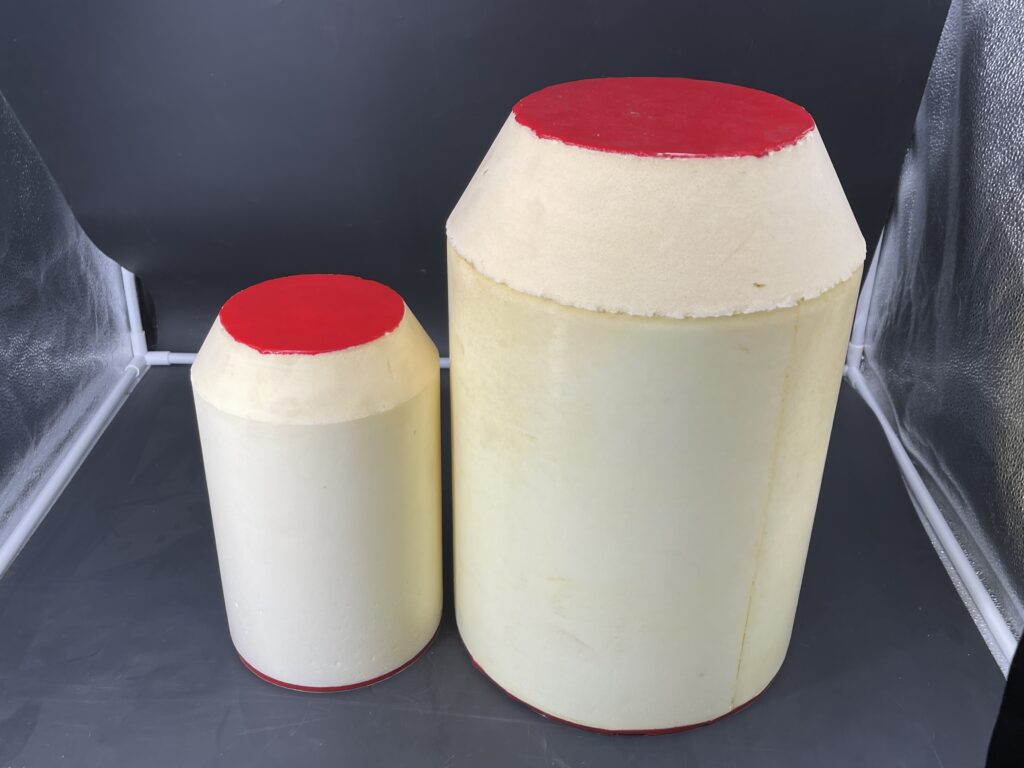
Peran babi pipa
Babi pipa memainkan peran penting dalam menjaga kesehatan dan efisiensi pipa di berbagai industri. Mereka digunakan terutama karena tiga alasan: pembersihan dan pemeliharaan, inspeksi, dan pemisahan produk yang berbeda dalam pipa. Dengan melakukan peran ini, produk membantu memastikan operasi saluran pipa yang aman dan efisien. Mereka membantu mencegah penyumbatan, mengidentifikasi masalah potensial sebelum menjadi masalah serius, dan memungkinkan penggunaan infrastruktur pipa yang efisien.
Pembersihan dan pemeliharaan: Seiring waktu, zat seperti minyak, gas, atau bahan kimia dapat meninggalkan residu atau penumpukan di sepanjang dinding bagian dalam pipa. Jika tidak dicentang, ini dapat mengurangi efisiensi pipa dan bahkan menyebabkan penyumbatan. Babi pembersih dirancang untuk menghilangkan penumpukan yang tidak diinginkan ini, memastikan bahwa pipa tetap bersih dan berfungsi sebaik mungkin.
Inspeksi: Pipa dapat menderita keausan, korosi, atau jenis kerusakan lainnya. Babi inspeksi, juga dikenal sebagai "babi pintar," dilengkapi dengan sensor dan peralatan rekaman yang dapat mendeteksi masalah ini. Saat babi bergerak melalui pipa, ia mengumpulkan data tentang kondisi pipa. Informasi ini dapat dianalisis nanti untuk mengidentifikasi potensi masalah dan merencanakan perbaikan atau pemeliharaan.
Pemisahan: Ketika produk yang berbeda perlu diangkut melalui pipa yang sama, babi pipa dapat digunakan untuk memisahkannya. Ini penting dalam industri seperti minyak dan gas, di mana berbagai jenis produk (seperti minyak mentah dan produk olahan) mungkin perlu berbagi pipa yang sama.
Jenis Babi Pipa
EMT Pipeline Products menawarkan berbagai macam babi pipa yang dirancang untuk memenuhi berbagai kebutuhan pipa, dari pembersihan dan pemeliharaan hingga inspeksi dan pemisahan.
Babi Busa Telanjang: Ini adalah babi sederhana dan ringan yang terbuat dari busa. Mereka sering digunakan untuk tugas pembersihan ringan, seperti menghilangkan air atau residu minyak dari pipa.
Babi busa Polly: Mirip dengan babi busa telanjang, babi busa polly juga digunakan untuk pembersihan cahaya. Mereka dilapisi dengan poliuretan, yang membuat mereka lebih tahan lama dan memungkinkan mereka untuk menangani pekerjaan pembersih yang sedikit lebih keras.
Babi Busa dengan Kuas: Babi -babi ini memiliki sikat yang melekat pada tubuh mereka. Sikat membantu menggosok penumpukan atau endapan yang lebih keras dari dinding pipa.
Babi pembersih abs: Terbuat dari akrilonitril butadiene styrene (ABS), babi ini tahan lama dan tangguh, membuatnya cocok untuk tugas pembersihan yang lebih menuntut.
Babi Kerangka: Babi-babi ini memiliki struktur yang fleksibel, seperti kerangka yang memungkinkan mereka menavigasi tikungan dan belokan dalam pipa sambil melakukan tugas pembersihan atau inspeksi.
Babi dengan cakram atau cangkir: Babi -babi ini dilengkapi dengan cakram atau cangkir karet, yang membantu menyegel pipa dan meningkatkan efisiensi babi dalam membersihkan atau memisahkan produk yang berbeda dalam pipa.
Babi Cor Padat: Ini adalah babi tugas berat yang kuat yang digunakan untuk tugas pembersihan yang paling menantang. Mereka terbuat dari bahan padat seperti besi cor atau baja.
Babi bola: Ini adalah babi bulat yang sering digunakan untuk menyegel, membersihkan, atau menggusur cairan dalam pipa. Mereka juga digunakan untuk menguji kebulatan dan kapasitas saluran pipa baru.
Kesimpulan
Babi pipa adalah alat yang sangat diperlukan untuk memastikan operasi dan pemeliharaan pipa yang efisien di berbagai industri, terutama di sektor minyak dan gas. Mereka memainkan peran penting dalam membersihkan dan memelihara pipa, memeriksa potensi kerusakan, dan memfasilitasi pemisahan produk yang berbeda dalam pipa yang sama. Mereka berperan dalam mencegah penyumbatan, mengidentifikasi masalah potensial lebih awal, dan memaksimalkan penggunaan infrastruktur pipa.
EMT Pipeline Products menawarkan berbagai macam babi pipa untuk memenuhi kebutuhan yang beragam. Dari babi busa telanjang sederhana hingga babi cor padat yang kuat, masing -masing jenis dirancang untuk tugas -tugas tertentu, apakah itu pembersihan ringan, menavigasi tikungan pipa yang rumit, atau menangani tugas pembersihan yang menuntut. Dengan memilih babi yang tepat untuk pekerjaan itu, operator dapat memastikan umur panjang dan efisiensi sistem pipa mereka dan mempertahankan transportasi produk penting yang berkelanjutan dan aman.

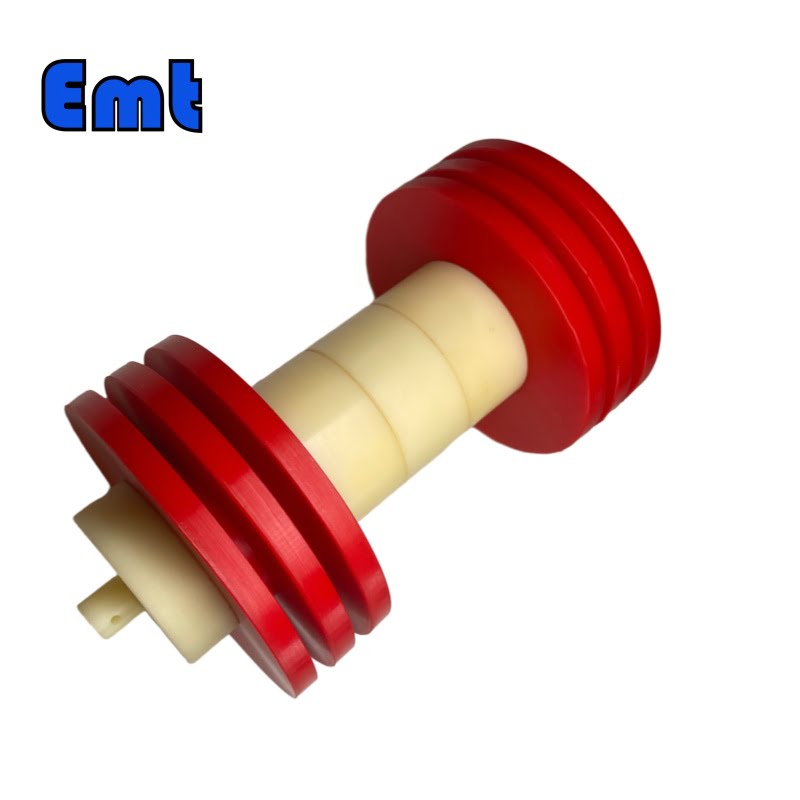
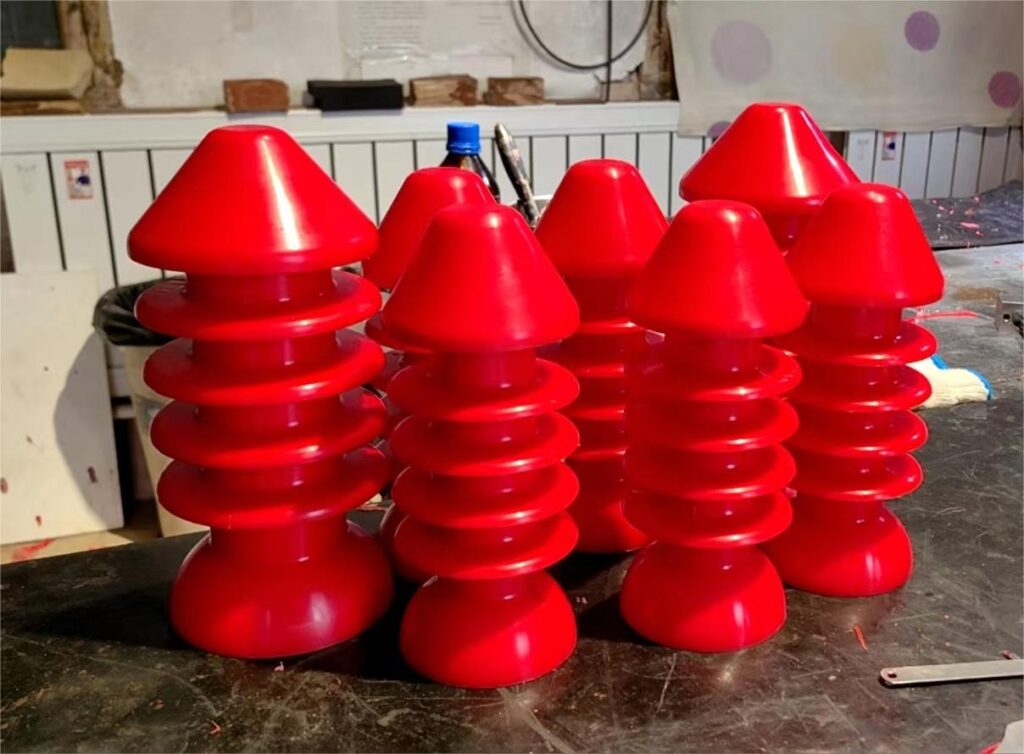
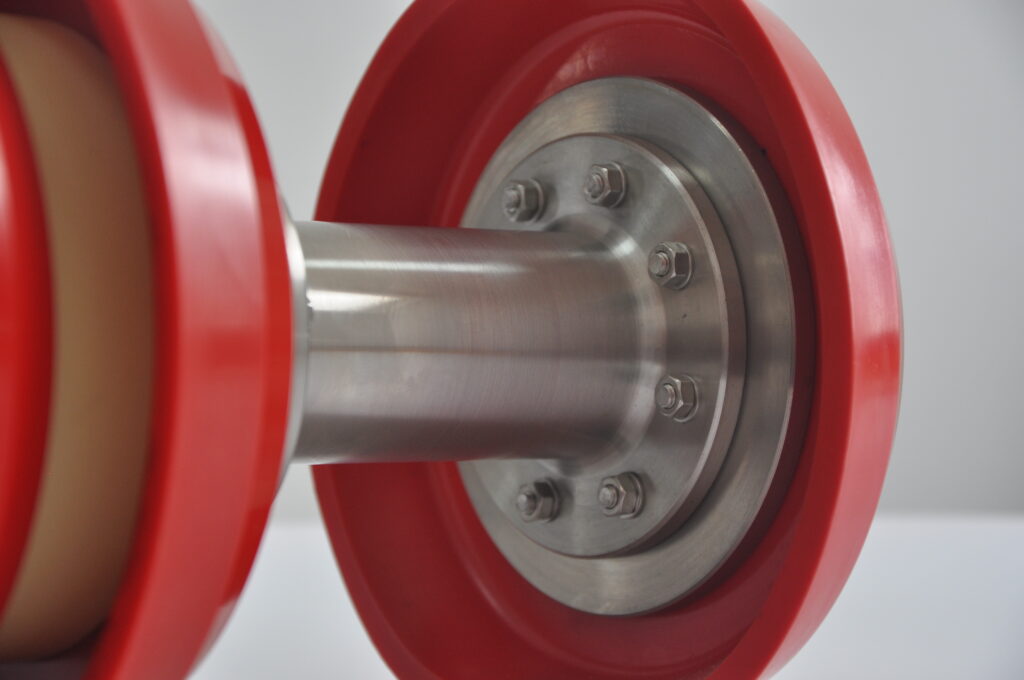
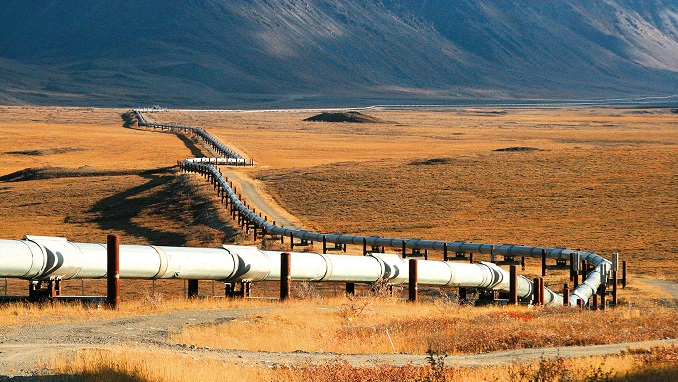
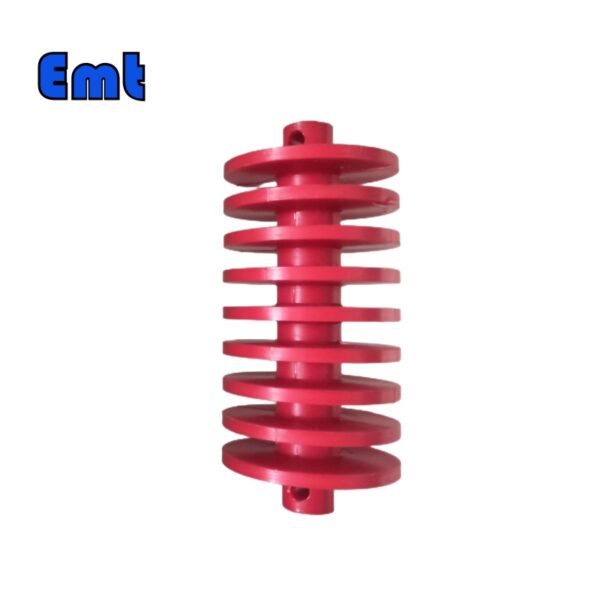
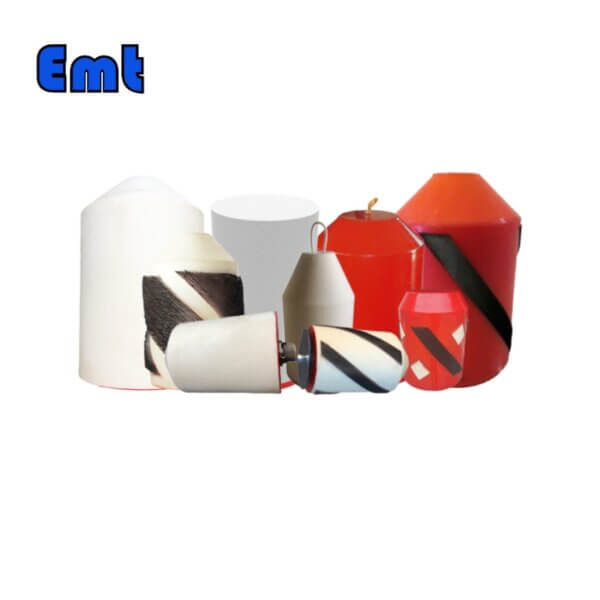

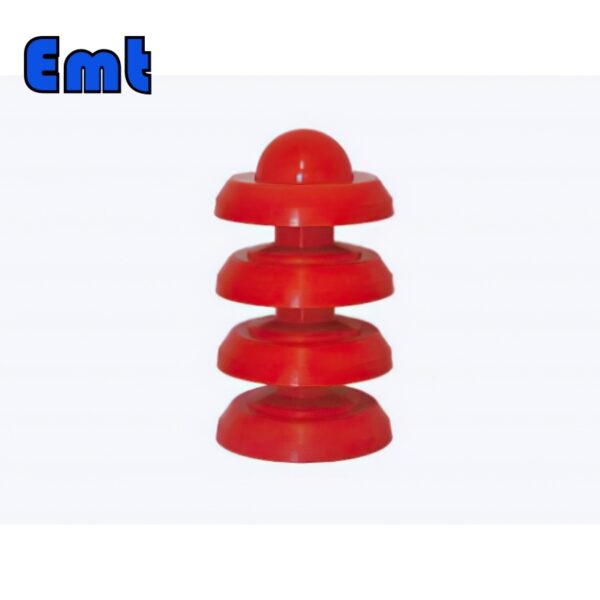
Ulasan
Belum ada ulasan.